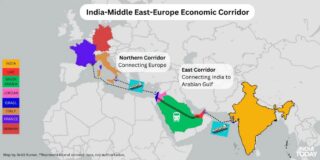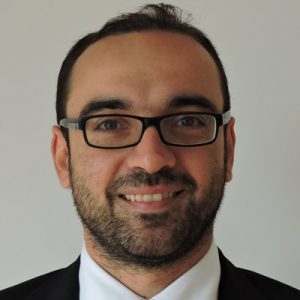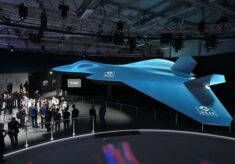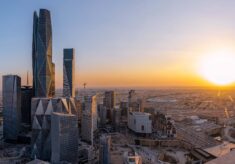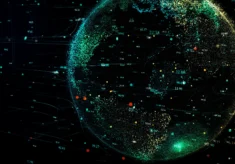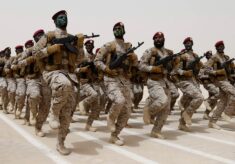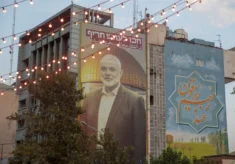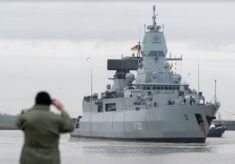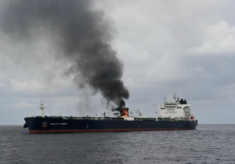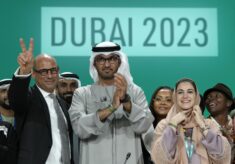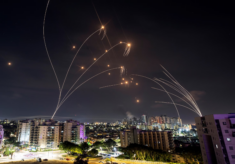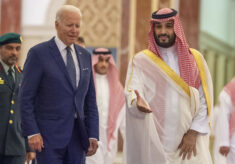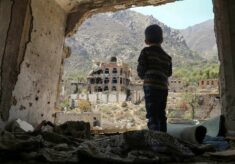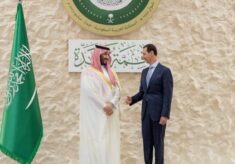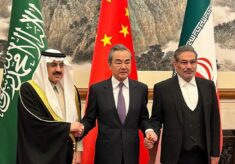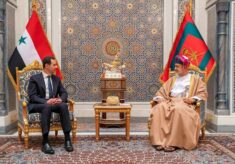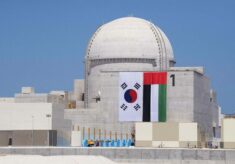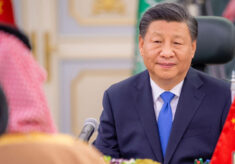The resumption of hostilities between Israel and Palestine caused by the Hamas attack last October has inflamed the Middle East, raising fears of a major confrontation between Iran and the US. While Lebanon (where Hezbollah and Tel Aviv are engaged in a tug-of-war that risks leading to a serious escalation) continues to be a peculiar case, the presence of American troops elsewhere in the region may be a liability that provides the so-called axis of resistance with easy targets to carry out their retaliation for the ongoing war in Gaza.
Iraq and Syria are certainly a case in point, as well as Jordan, where on 28th of January a drone attack at the Tower 22 military base that killed three US soldiers and injured 47 others pushed the whole region much closer to escalation. Given the economic and security implication, the Red Sea represents another major chessboard. Here the Houthis, part of the network of proxies built by Teheran in the last tumultuous decade, have been able to disrupt global trade, using drones and anti-ship missiles to target vessels.
The substantially measured response of the US (and the EU, which is launching a new naval mission called Aspides to protect freedom of navigation) suggests that there is no appetite for a major confrontation with the Houthis. Retaliatory strikes by the US and the UK are not likely to deter the Iran-aligned armed group, which have already endured more than eight years of airstrikes by the Saudi-lead coalition. Furthermore, Riyadh is urging caution to preserve its dialogue with the Houthis in order to extricate itself from the Yemen civil war.
